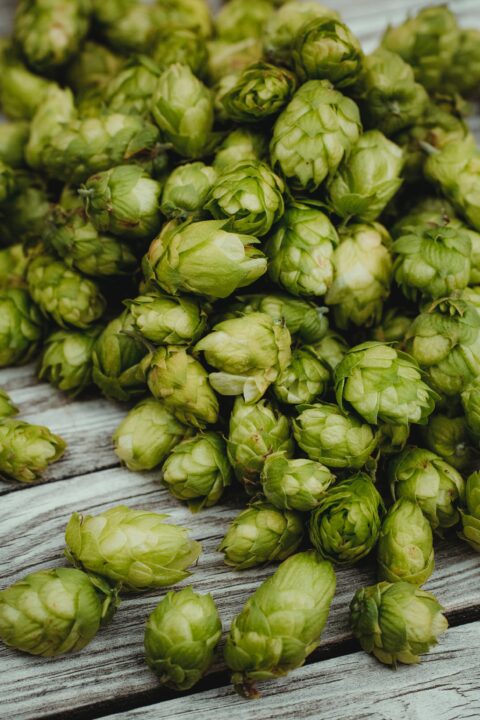Study Discovers Citrus Greening Affects Roots Before Leaves
Although citrus greening enters trees through their leaves, University of Florida researchers have discovered that the deadly disease attacks roots long before the leaves show signs of damage — a finding that may help growers better care for trees while scientists work to find a cure.
“The role of root infection by insect-carried bacterial pathogens has been greatly underestimated,” said Evan Johnson, a research assistant scientist with UF/IFAS.
Johnson was the lead author of a scientific paper outlining the research published in the April issue of the journal Plant Pathology. He and his fellow team members — Jian Wu, a graduate student in soil and water science, researcher Diane Bright and Jim Graham, a professor of soil microbiology — are based at the UF/IFAS Citrus Research and Education Center in Lake Alfred.
Citrus greening first enters the tree via the Asian citrus psyllid, which sucks on leaf sap and leaves behind bacteria that spread through the tree. Johnson said the bacteria travel quickly to the roots, where they replicate, damage the root system and spread to the rest of the host tree’s canopy.
It was originally thought that the leaves and fruit were affected first, but the team’s research found that greening causes a loss of 30% to 50% of trees’ fibrous roots before symptoms are visible above ground.
“This early root loss means that the health of a citrus tree is severely compromised before the grower even knows it is infected,” Johnson said.
Experts say this research is significant in the fight against greening.
“Based on the work of Dr. Johnson and his colleagues, we now know how important roots are in the development of greening disease,” said Jackie Burns, director of the CREC. “We hope further investigations on the role of roots in this disease will lead to future management solutions that help growers remain productive until a permanent solution can be found.”
“We are still trying to determine how the bacteria are killing the roots,” Johnson said. “This finding suggests that growers should focus more effort on maintaining the health of the root system in relation to other soilborne pests and overall soil quality to maintain as much of the root system as possible.”
Johnson suggested that growers increase the acidity levels of irrigation water and soil to match the optimum pH for the rootstock (preliminary results show that this improves root density compared to untreated groves) and water more frequently for shorter periods. Those treatments are being studied by UF researchers in Lake Alfred and at the Southwest Florida Research and Education Center in Immokalee.










